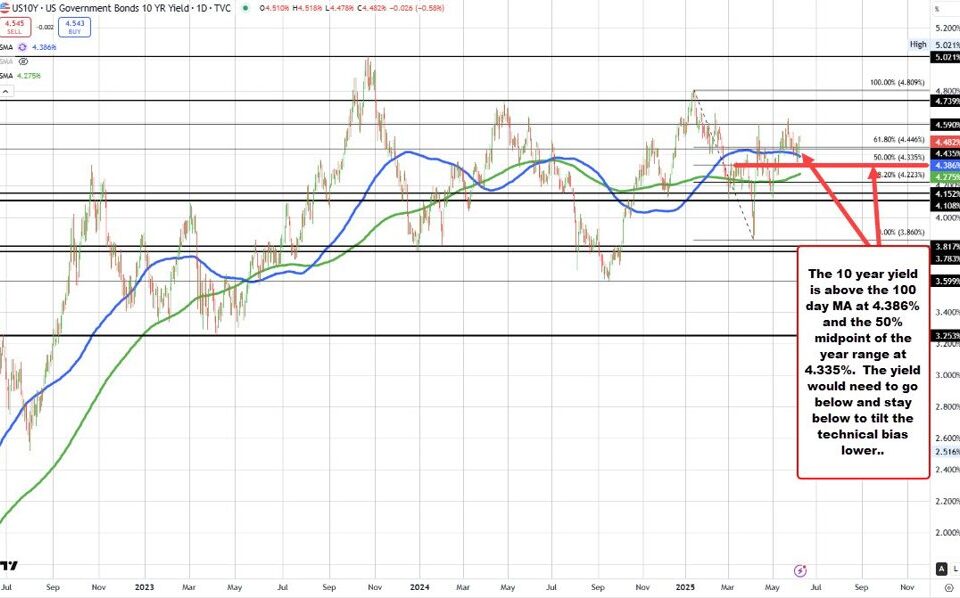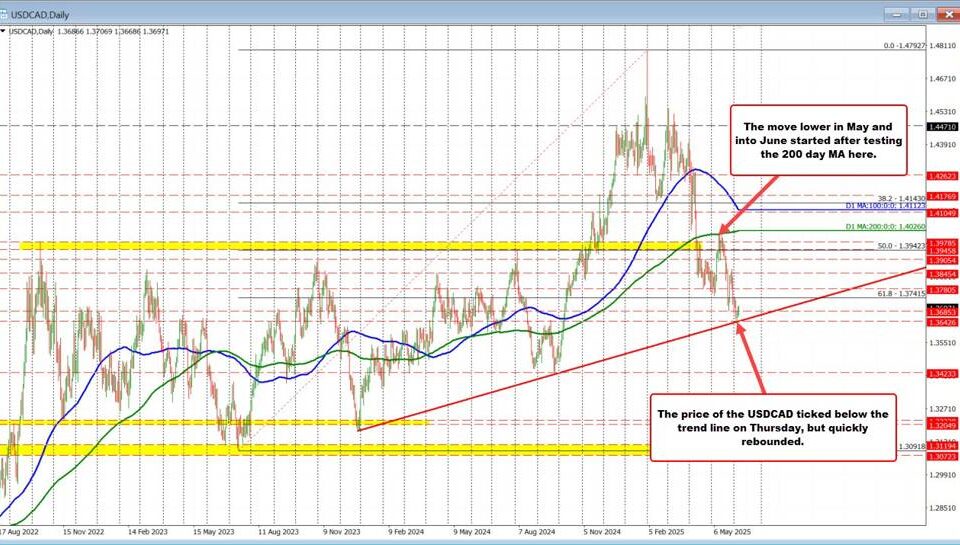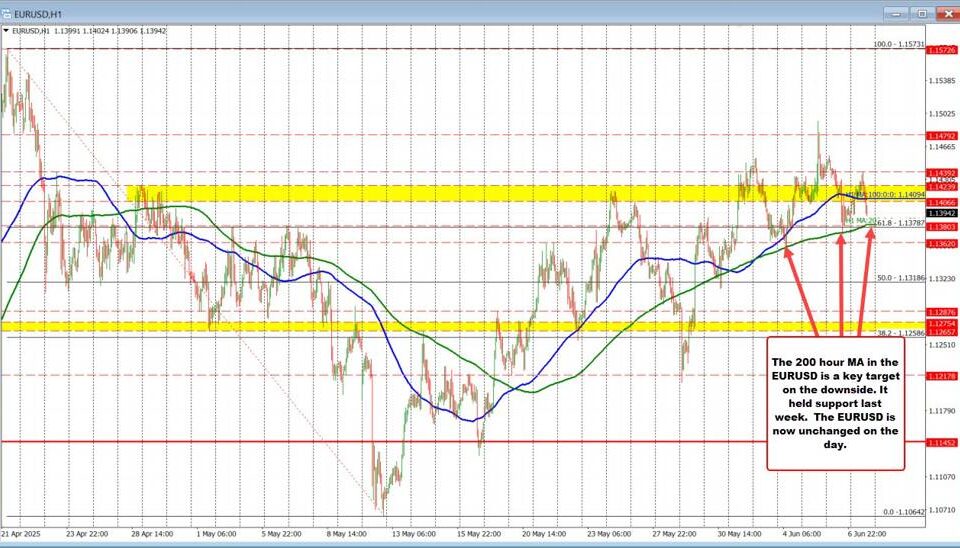
Shigeru Ishiba’s Bold Move: Tackling U.S. Tariff Concerns Head-On
Tháng 4 7, 2025
California’s Unemployment Benefits Audit: A Wake-Up Call for Systemic Reform
Tháng 4 7, 2025Recent Developments in U.S. Treasury Yields and Economic Outlook
As we delve into the current landscape of U.S. Treasury yields in early April 2025, it’s essential to understand the interplay of various economic factors impacting these yields. Recent trends paint a nuanced picture of the financial markets, with the 10-year U.S. Treasury yield positioned at 4.01%, while the shorter-term 2-year yield stands at 3.68%. This slight decline signals a shift in market dynamics, contrasting the increasing trajectory witnessed in prior months.
Fed’s Strategy Amid Economic Changes
The Federal Reserve’s approach is pivotal to understanding recent movements in Treasury yields. In response to ongoing economic pressures, particularly concerns surrounding the debt ceiling, the Fed is planning to moderate the decline of its balance sheet by ramping up Treasury purchases in April. This strategy aims to inject liquidity into the market while maintaining stability amid economic uncertainty.
Expectations are also mounting regarding possible interest rate cuts later this year. Analysts project that as economic growth slows down, the Fed could take proactive measures to stimulate activity, which could lead to lower borrowing costs for consumers and businesses alike. This reaction is particularly crucial since persistent inflation remains a significant concern for policymakers. For insights on similar monetary strategies and their implications, see this blog on investment mistakes to avoid in 2023.
Economic Growth and Yield Curves: Signs of Change
As economic indicators hint at slowing growth, financial markets are responding with caution. Analysts point to the mixed signals from economic data, suggesting that despite headwinds such as high inflation, the Fed may choose an accommodative stance to sustain growth momentum. Such decisions could ultimately influence the trajectory of U.S. Treasury yields, as lower rates typically correlate with rising bond prices.
An area of considerable focus is the yield curve, which has historically served as a reliable indicator of impending recessions. Currently, the yield curve displays a positive slope, where long-term yields surpass short-term ones. This inversion, often associated with recession fears, has not materialized in the recent data, providing some respite for investors and signaling healthier market conditions in the near term.
However, the economic environment is not without its challenges. The introduction of new tariffs has sparked concerns regarding potential recessionary pressures, complicating the inflationary landscape. These tariffs could exacerbate existing inflation, posing additional challenges for the Federal Reserve as it navigates its path forward. For more on how economic relations like tariffs affect the market, consider reading this blog about strategic moves by China.
Conclusion: Navigating the Complex Financial Landscape
In summary, the recent developments in U.S. Treasury yields provide a complex yet insightful narrative of the current economic landscape. With the Federal Reserve adopting a cautious yet proactive stance through increased Treasury purchases, the outlook remains tenuous, marked by expectations of potential interest rate cuts. The relationship between economic growth, yield curves, and inflation will be pivotal as we move further into 2025. As analysts continue to monitor these trends, the potential for shifts in the economic landscape remains a focal point for investors and policymakers alike.
These developments underscore the importance of keeping a close watch on both domestic and international factors that influence U.S. financial markets, as they offer vital clues into future economic performance and monetary policy directions. For a deeper understanding of how value investing trends can offer insights amid such complexities, check out this blog on why value investing beats the market.



